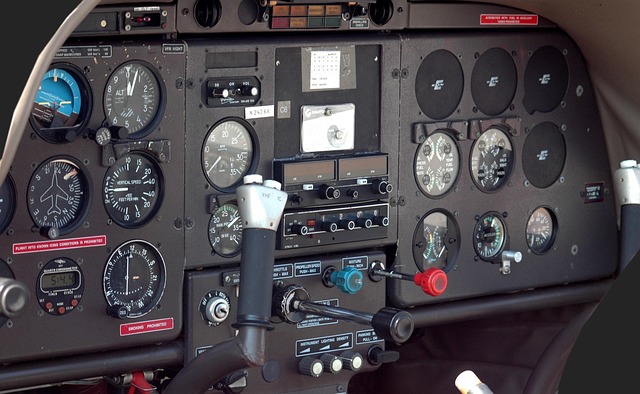Coyotes, urbanized members of the dog family, are drawn to Centennial yards by food sources like garbage, pet food, and rodents. Recognizing coyote tracks (4 rounded toes, elongated teardrop shapes) is a crucial first step in wildlife control. Homeowners can deter coyotes by securing trash cans, trimming shrubbery, and avoiding leaving pet food outside, fostering peaceful coexistence with these adaptable animals.
Coyotes, once rare urban dwellers, have become a ubiquitous sight in many neighborhoods. This shift presents unique challenges for homeowners, especially those with Centennial yards, who must navigate the delicate balance between coexistence and control. Understanding coyote behavior is crucial for implementing effective management plans. Learn to identify coyote tracks as a first step towards safe, practical, and humane methods of keeping these wild canids at bay, ensuring peace of mind for you and your pets while respecting the natural landscape.
- Understanding Coyote Behavior and Their Impact on Centennial Yards
- Identifying Tracks: A Guide to Recognizing Coyote Footprints
- Effective Management Strategies for Coyote Control in Residential Areas
Understanding Coyote Behavior and Their Impact on Centennial Yards

Coyotes, members of the dog family, have become increasingly urbanized, with a growing presence in suburban areas and even large cities. Understanding their behavior is crucial when developing effective wildlife control strategies, especially for properties like Centennial yards. These adaptable canids typically prefer open spaces with access to water and abundant prey, yet they’ve learned to thrive in modified habitats due to reduced human predation pressure.
In the context of Centennial Yards, coyotes may be attracted by easy access to food sources, such as garbage or pet food, and the presence of small animals like rodents. Their impact can range from scavenging on existing carcasses to preying on domestic pets and small livestock. Identifying animal tracks in your Centennial yard, particularly those resembling coyote paw prints, is a significant first step in understanding these visitors’ behavior and implementing appropriate management plans.
Identifying Tracks: A Guide to Recognizing Coyote Footprints

When dealing with wildlife control, particularly coyotes that have made their way into your Centennial yard, one of the first steps is to identify their presence through the art of tracking. Recognizing coyote footprints can provide valuable insights into their movements and behavior in your area. Look for distinctive patterns characterized by four rounded toe impressions and a single, distinct heel mark. These prints often show a slight elongation, with each step creating an impression that resembles a teardrop or oval shape.
The size of coyote tracks can vary based on the age and gender of the animal, but generally, adult coyotes leave tracks around 3 to 4 inches long. Understanding these visual cues enables you to confirm their presence in your yard and take appropriate measures for management, ensuring a safe environment for both your property and the wildlife.
Effective Management Strategies for Coyote Control in Residential Areas

Coyotes, with their adaptability and resourcefulness, can become a significant concern for homeowners, especially in residential areas like Centennial. Implementing effective coyote management plans is crucial to maintain a harmonious coexistence with these wild canines. One of the initial steps in controlling coyote populations is learning to identify animal tracks in your yard. By familiarizing yourself with coyote footprints, you can better understand their presence and patterns, enabling more targeted and efficient management strategies.
For instance, coyotes typically leave distinct track patterns, often with paw prints that show four toes and a larger hind print. They tend to walk with loose, meandering lines, which differ from the straight paths of domestic dogs. This knowledge allows residents to take proactive measures, such as securing trash cans, trimming shrubbery to reduce hiding spots, and avoiding leaving pet food outside, all of which can deter coyotes from entering residential areas.
Coyotes, as integral parts of our ecosystem, demand understanding and balanced management. By recognizing their behavior, tracking their movements through identifying footprints, and employing effective control strategies tailored for residential areas, we can coexist harmoniously with these wild canids. Remember that, in navigating the challenges they pose to our Centennial yards, knowledge is power—it enables us to protect both our properties and these magnificent creatures’ habitats. In terms of safeguarding your yard and appreciating the local wildlife, taking proactive steps towards coyote management is a wise decision.
